Vintage cars are more than just vehicles; they are pieces of history that evoke nostalgia and admiration. When it comes to breathing new life into these classics, enthusiasts often face a crucial decision: should they restore or preserve? Delving into this choice reveals a world of considerations and insights for vintage car owners and admirers alike.
Understanding the Difference Between Restoration and Preservation
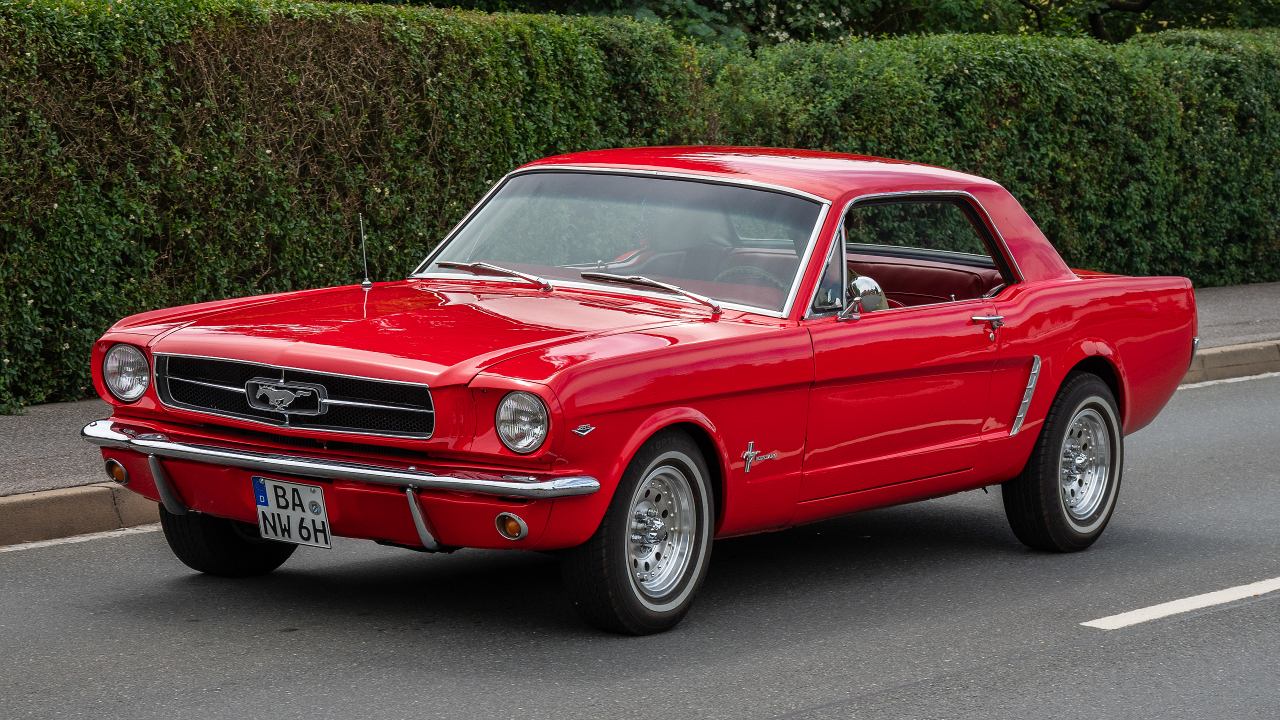
Definition of Restoration
Restoring a vintage car involves a meticulous process aimed at bringing the vehicle back to its original glory. This typically includes disassembling parts, repairing or replacing components, and using techniques that adhere to the car’s initial design specifications. Restoration seeks to make the car look and function as it did when it first rolled out of the factory, often employing modern techniques and materials to achieve this goal.
For instance, a 1967 Ford Mustang might undergo restoration to revive its original paint color, interior upholstery, and mechanical specifications. The process often involves sourcing hard-to-find parts and can sometimes include upgrading components for safety or performance while maintaining the car’s authentic appearance.
Definition of Preservation
Preservation, on the other hand, emphasizes maintaining the car’s current state while ensuring it remains operational. This approach cherishes the vehicle’s originality, including its patina and any historical marks it may have acquired over the years. Preservationists aim to keep the car as untouched as possible, focusing on conservation rather than alteration.
A preserved 1953 Chevrolet Corvette, for example, might still wear its original paint, albeit faded, and retain its factory-installed upholstery. The goal is to honor the car’s history and the stories it tells through its wear and tear, often appealing to purists who value authenticity over aesthetic perfection.
Key Differences
The primary differences between restoration and preservation lie in their goals, methods, and outcomes. Restoration focuses on rejuvenating the car to a like-new condition, often prioritizing aesthetics and functionality. Preservation, however, values the car’s existing state, aiming to protect and maintain its historical integrity. While restoration might involve significant changes, preservation is about subtle maintenance and conservation efforts.
Factors to Consider When Deciding
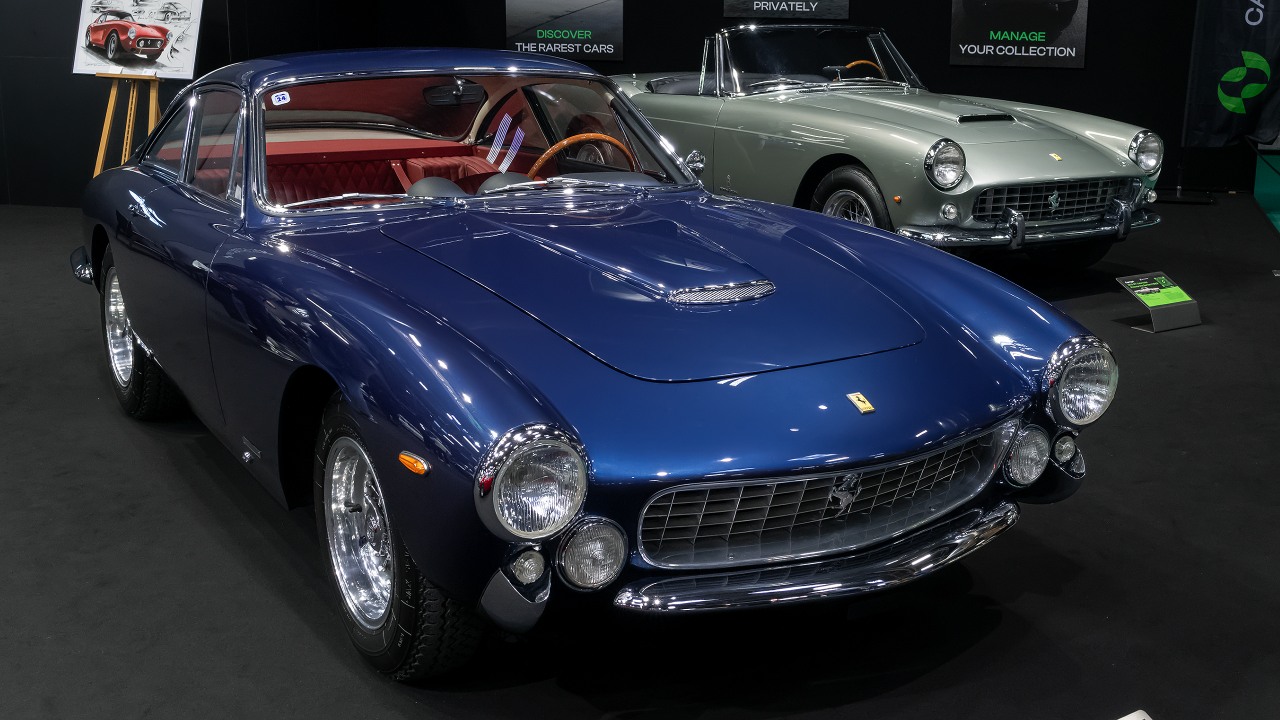
Historical Significance
A car’s historical significance and rarity can heavily influence the decision to restore or preserve. Vehicles with a notable past, such as a limited-production 1962 Ferrari 250 GTO, may be better suited for preservation, as their authenticity can enhance their value and allure. Collectors often look for cars that tell a story, and maintaining the original features can preserve that narrative.
Condition of the Vehicle
The existing condition of a vintage car is another crucial factor. A vehicle in poor condition may require restoration to be roadworthy or display-ready. However, a well-maintained car with minimal wear may benefit from preservation, allowing its history to shine through without extensive alterations.
Consider a 1970 Plymouth Barracuda found in a barn, its paint chipped and interior worn. If the car is largely intact but shows signs of age, a preservation approach might celebrate its journey, while a full restoration could erase its history in pursuit of perfection.
Owner’s Intent and Usage
The owner’s vision and intended use for the car play a pivotal role in the decision process. Some owners may wish to showcase their vehicle in concours events, where restoration to immaculate standards is often necessary. Others might prefer to use their vintage car for leisurely weekend drives, appreciating its charm and history through preservation.
For instance, an owner of a 1955 Mercedes-Benz 300 SL Gullwing might choose restoration if their goal is to compete in classic car shows. Conversely, a collector who values the car’s original condition might opt for preservation, enjoying the vehicle as a testament to its era.
The Costs Involved
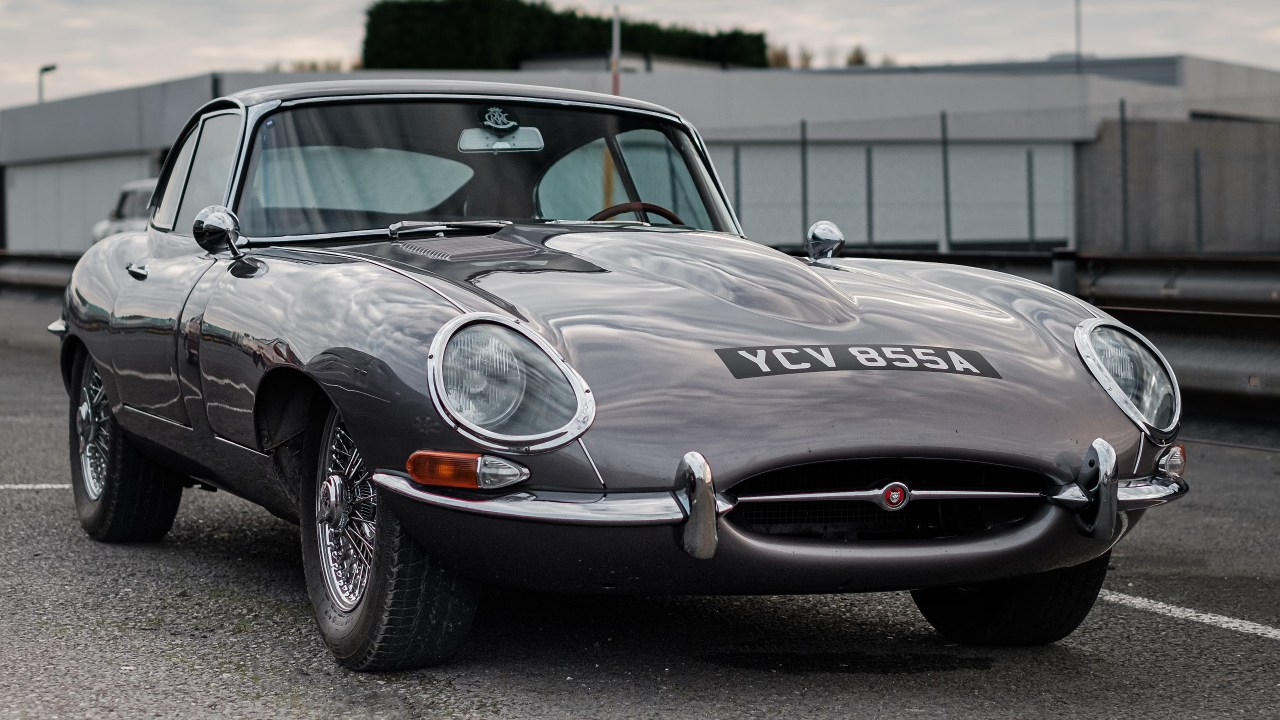
Financial Implications of Restoration
Restoration can be a costly endeavor, with expenses varying widely based on the car’s make, model, and condition. The process often involves extensive labor, expert craftsmanship, and the acquisition of rare parts, leading to significant financial outlays. For example, restoring a Jaguar E-Type might cost upwards of $100,000, depending on the level of detail and authenticity desired.
Budget-Friendly Preservation
Preservation, on the other hand, can be more budget-friendly, focusing on maintenance and conservation. This approach avoids the higher costs associated with sourcing rare parts and extensive labor, instead emphasizing regular upkeep and careful handling.
Owners might invest in specialized storage for a preserved vehicle, preventing further deterioration while maintaining its current state. Routine maintenance ensures the car remains functional without the need for costly overhauls.
Long-Term Value Considerations
The choice between restoration and preservation can significantly impact a car’s market value and future appreciation. Restored cars may fetch higher prices at auctions due to their pristine condition, but preserved vehicles often attract collectors who value originality and historical significance.
A well-preserved 1948 Tucker 48, for example, might command a premium due to its rarity and untouched state, while a restored version could appeal to buyers seeking a flawless, like-new condition. Both approaches offer potential for appreciation, depending on market trends and collector preferences.
Impact on Authenticity and Originality
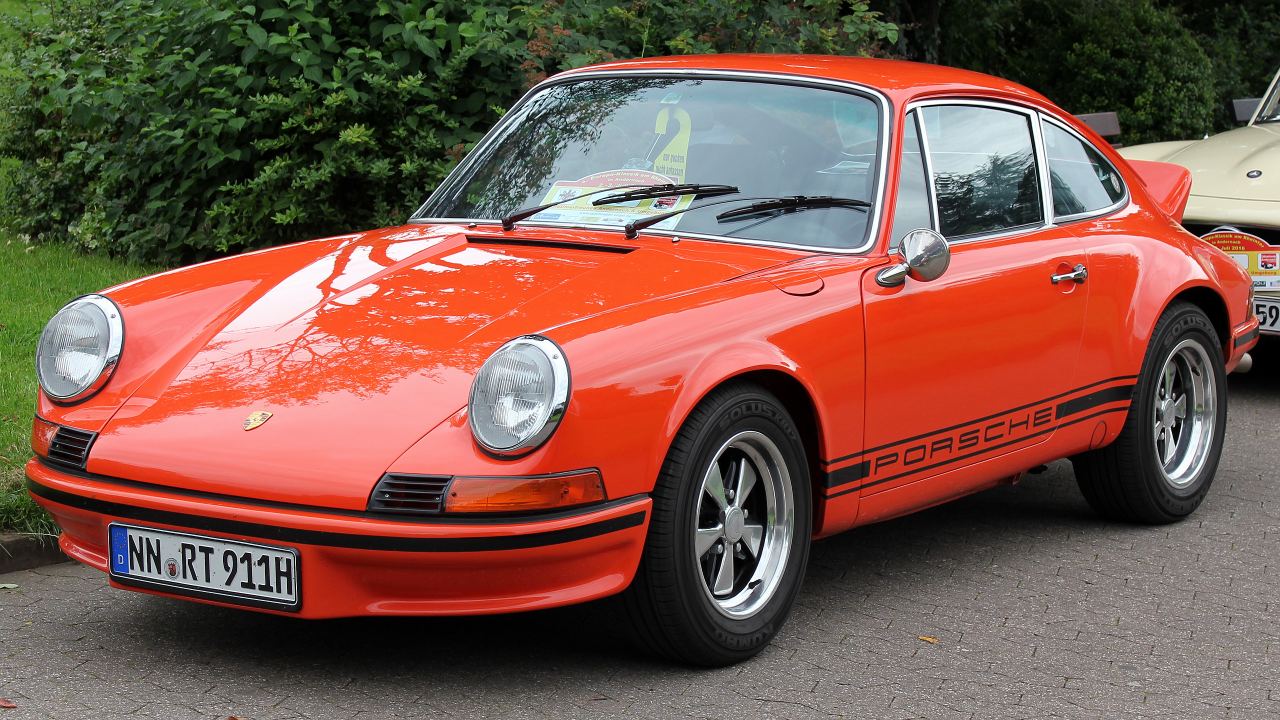
Restoration and Authenticity
Restoration can enhance a car’s authenticity if executed with precision and attention to detail. Using period-correct materials and techniques can result in a vehicle that closely mirrors its original state. However, poor-quality restorations may detract from a car’s authenticity, introducing modern elements that compromise its historical accuracy.
Preservation and Originality
Preservation maintains a car’s originality by celebrating its existing features and charm. This approach often appeals to purists and collectors who value the historical context and stories embodied in a vehicle’s wear and patina. A preserved car acts as a time capsule, offering an authentic glimpse into the past.
Balancing Act
Striking a balance between originality and functionality is a challenge faced by both restoration and preservation enthusiasts. Each approach demands careful consideration of how changes, or the lack thereof, impact a vehicle’s historical integrity and operational viability.
Case Studies and Examples

Notable Restorations
Some vintage car restorations have set benchmarks in the automotive world. The restoration of a 1954 Aston Martin DB2/4, for example, involved a painstaking process to restore its unique bodywork and interior, resulting in a vehicle that dazzles onlookers while preserving its classic appeal.
Successful Preservation Stories
Preservation stories often highlight vehicles that have gained recognition for their untouched beauty and originality. The 1964 Shelby Cobra, preserved in its original condition, is a testament to the power of conservation, with its unaltered state appealing to collectors and enthusiasts alike.
Lessons Learned
Both restoration and preservation projects offer valuable insights. Enthusiasts can learn from past successes and challenges, making informed decisions that align with their goals and the car’s historical significance. Whether restoring a 1961 Jaguar XK-E or preserving a 1972 Porsche 911, the stories and lessons from these endeavors continue to inspire and guide the vintage car community.
Like Fast Lane Only’s content? Be sure to follow us.
Here’s more from us:
*Created with AI assistance and editor review.

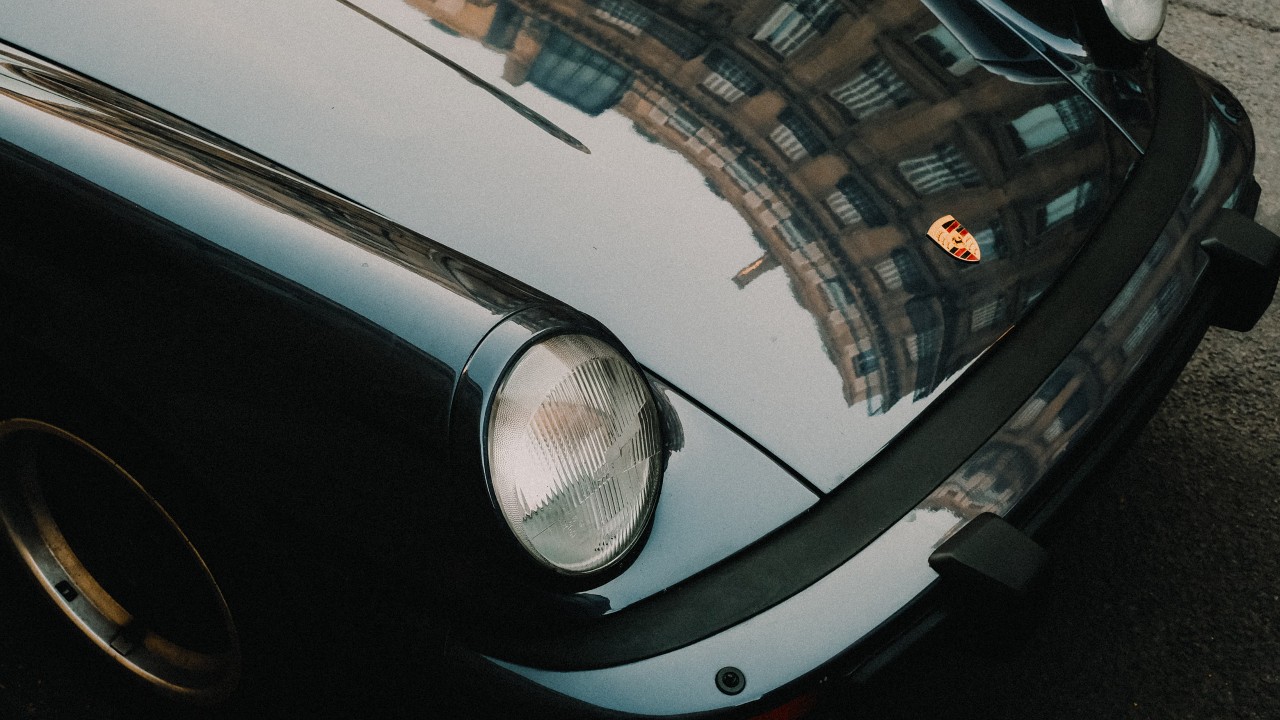

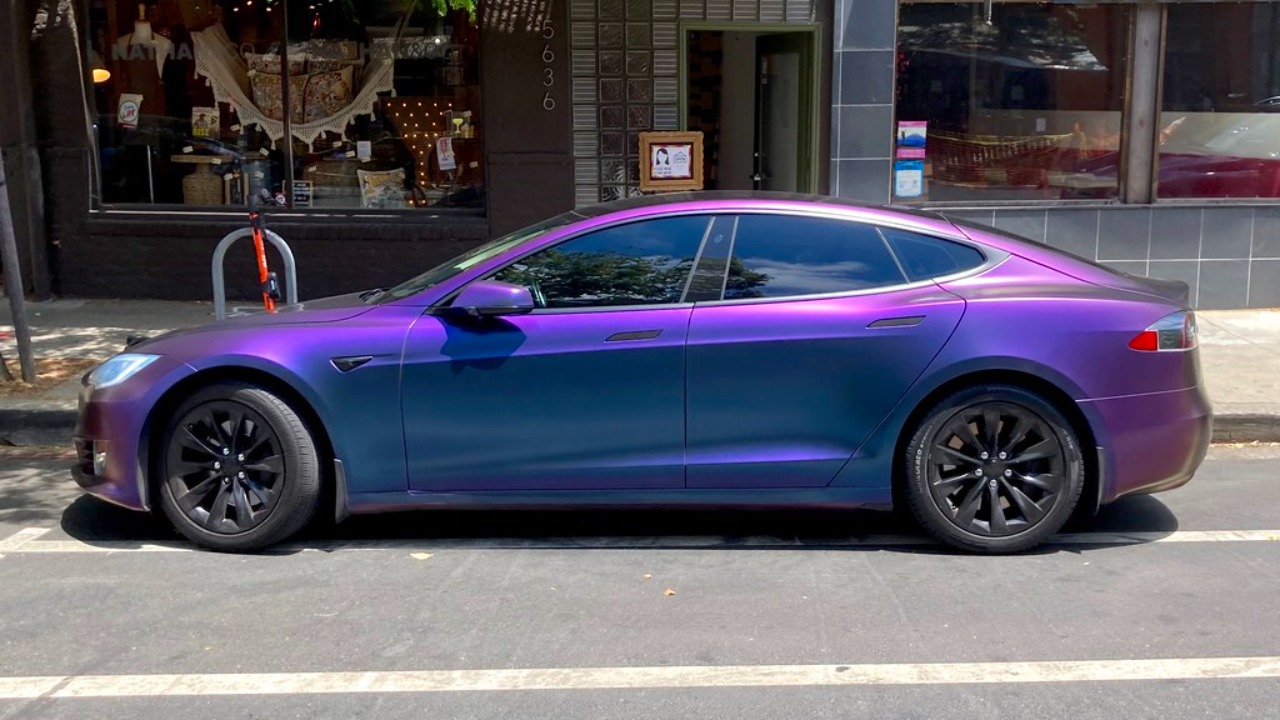
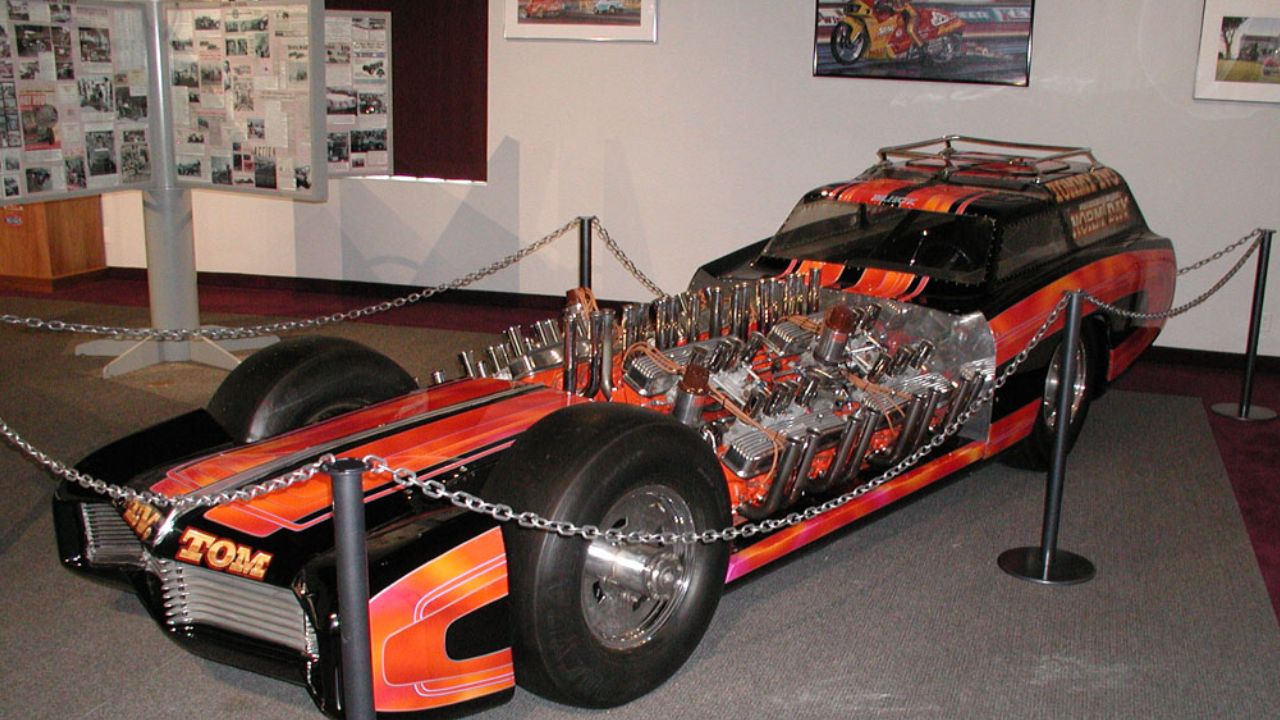
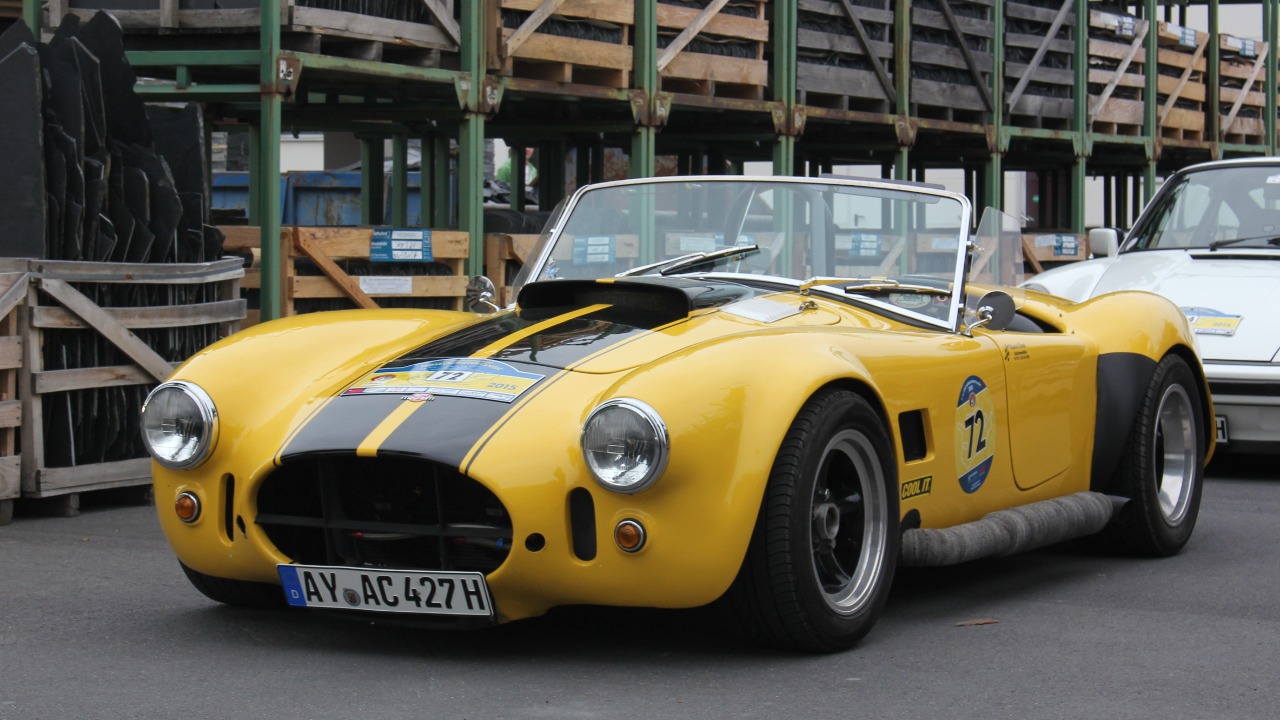

Leave a Reply